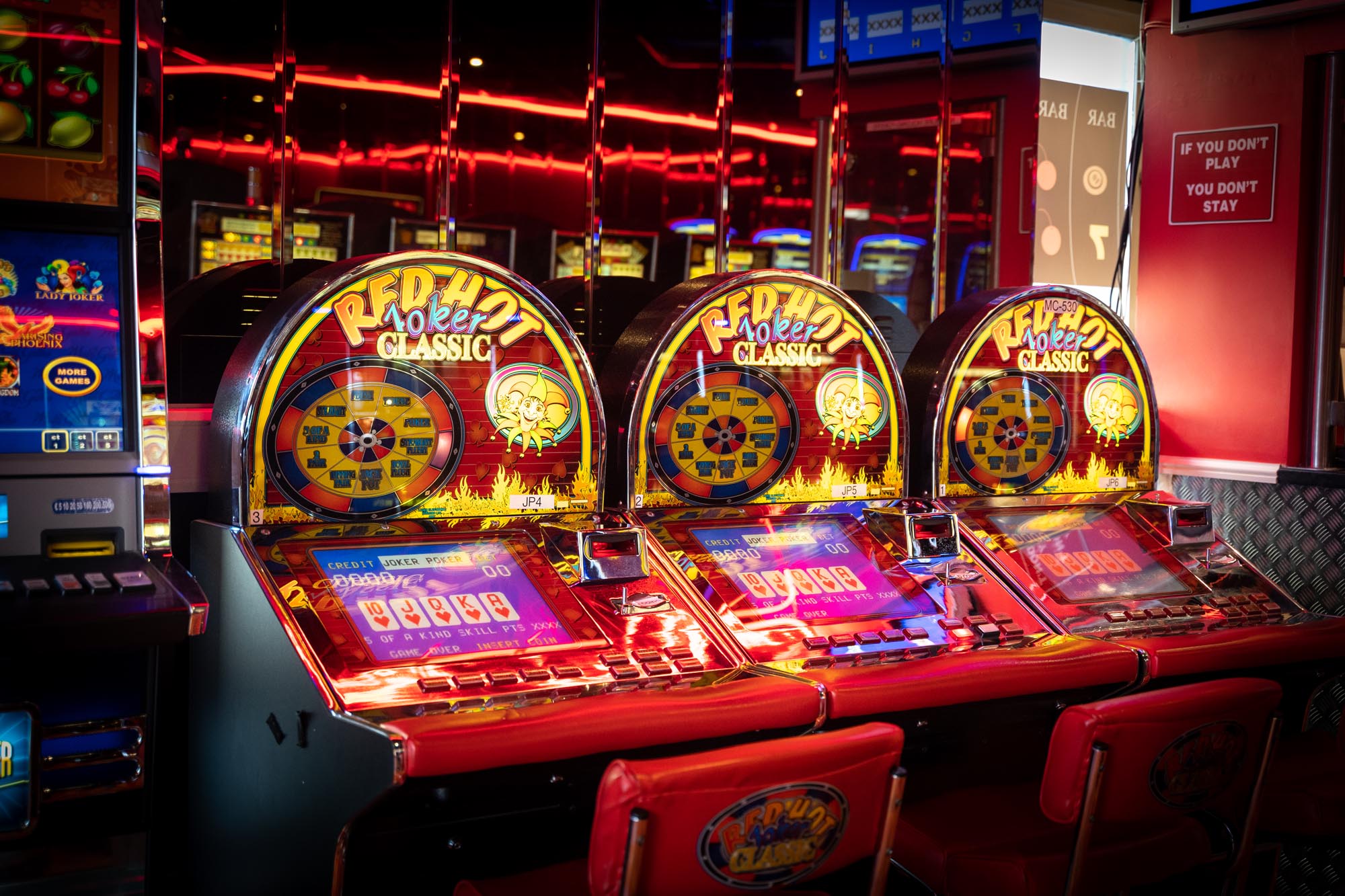
In the shadows of these shimmering lights plus the enticing noises of spinning wheels lies a vibrant realm where creativity meets numbers: the creation of casino games. As players converge to gaming establishments seeking thrills plus the possibility of winning big, a huge amount of effort takes place behind the scenes to create the games for their enjoyment. From the starting concept to the final product that players engage with, many elements come together to ensure a captivating play experience.
Designers, engineers, plus game developers collaborate to merge cutting-edge technology with engaging gameplay features. Each aspect, from visuals and sound effects to probabilities plus payouts, is meticulously crafted to attract players and keep them engaged. Understanding this complex process of how casino games are made reveals both the technical expertise involved but also the creative vision that transforms these immersive experiences to life.
Game Design Process
The game workflow starts with idea generation and conceptualization, where creators generate concepts for innovative casino games. This first phase often involves identifying target audiences and understanding market trends. Designers take into account factors like game mechanics, themes, and payout structures to create an engaging experience. Collaboration between game designers, mathematicians, and artists is crucial to ensure a balanced concept.
Once a concept is chosen, the next stage involves prototyping and testing. Designers create a functional version of the game to assess its playability and mechanics. This allows for adjustments and refinements based on feedback from testers. Reiteration is vital, as designers may navigate multiple rounds of testing to fine-tune gameplay balance and user experience. This stage is crucial for identifying any possible issues before the game goes into production.
After testing, the game moves into development and production. This comprises the technical aspects of coding the game software, integrating graphics, and making sure compliance with gaming regulations. Quality assurance testing verifies that the game functions flawlessly across different platforms and devices. Once everything is polished, the game is prepared for launch, often accompanied by promotional tactics to draw in players and generate buzz around the new casino offering.
Tech and Development
The evolution of gambling games has evolved significantly with developments in tech. Contemporary game design often incorporates top-notch graphics, immersive sound effects, and dynamic animations that create a captivating experience for players. Game developers use complex software tools and coding languages to develop these immersive gaming experiences. Additionally, the use of random number generators ensures fairness and unpredictability in outcomes, which is essential for ensuring player trust and compliance with gaming regulations.
In the past few years, the surge of online casinos has expanded the limits of game development even further. non GamStop bookies Developers are now able to design games that cater to a worldwide audience, incorporating features such as live dealers and virtual reality environments. This transition has encouraged innovation, leading to unique game mechanics and formats that enhance player engagement. Gaming on mobile devices has also become a key focus, prompting developers to tailor games for mobile phones and tablets, ensuring accessibility and ease of access for players on the go.
Collaboration among creators, artists, and mathematicians is crucial in the creation process. Each team brings their expertise to make sure games are not only visually appealing but also mathematically sound and enjoyable. The integration of player feedback during testing phases allows developers to improve game features and functionalities, ultimately leading to a favorable launch. As technology continues to advance, the potential for new game concepts and experiences is endless, promising an enticing future for casino games.
Assessing and Quality Assurance
Once a casino game has been developed, it enters the essential phase of evaluation and quality assurance. This stage ensures that the game operates flawlessly and provides a balanced experience for players. Teams conduct extensive tests, including operational checks to verify that all game features work as expected. Each element, from graphics to sound effects, is assessed to ensure quality benchmarks are met.
In addition to operational testing, the game experiences rigorous compliance checks to meet compliance requirements. Different jurisdictions have specific regulations governing game fairness and player protection. Quality assurance teams will confirm that the random number generators are functioning correctly and that the game’s payout percentages match with industry standards. This thorough examination helps build trust with users and regulators alike.
Finally, user testing may be conducted with real players to collect insights on user experience. This critical insight allows developers to make necessary adjustments before the public launch. Tackling any potential issues identified during this phase helps ensure that gamblers will enjoy a fluent, immersive experience when the game goes live. The commitment to quality reflects the sector’s dedication to delivering pleasant and dependable casino games.